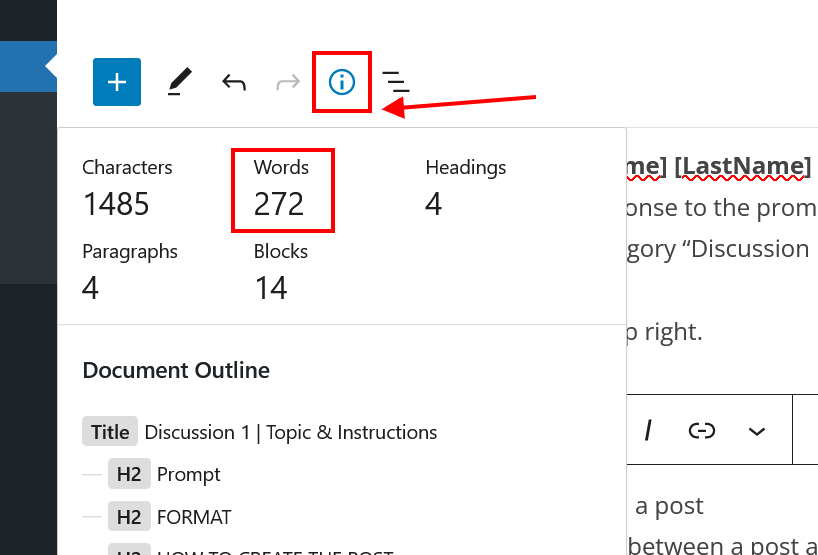Based on all the topics we have discussed I liked learning more about privilege. This topic was a huge eye-opener for me and I now understand what it means to be privileged. Most of us have a helping hand in certain areas but that doesn’t necessarily mean that you should be ashamed. At least acknowledge it and help others who don’t have a helping hand.
I also liked last week’s topic about activism. There are so many forms of activism. For instance, I’ve been hearing a lot about a petition to make CUNY schools tuition-free. I’ve heard about this through various professors and other students. I even had a professor have an activist in our classroom and speak to us about the cause.

